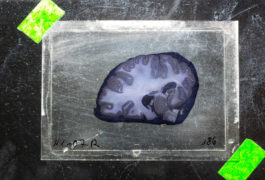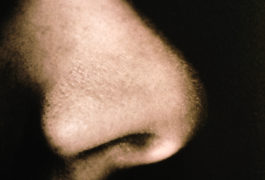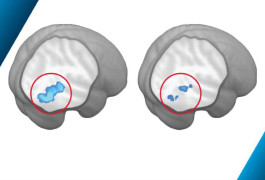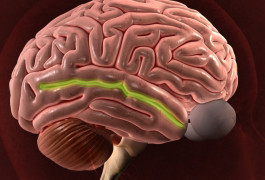Brain’s response to faces foretells social development in autistic people
A delayed brain response to viewing faces may predict lags in social-skill development in autistic people.

A delayed brain response to viewing faces may predict lags in social-skill development in autistic people.

The growth differences vary between autistic boys and girls and are most apparent among children with prominent social difficulties.

Having a genetic predisposition to inflammation is linked to structural changes in brain regions implicated in neurodevelopmental conditions.

Young adults with autism who have intense sensitivity to taste show increased activation in social areas of the brain when they taste something sweet.

The activity of the brain’s face detector, the fusiform gyrus, in response to faces is greater in adolescents with autism than it is in younger children with the condition.

New initiatives aim to increase brain donations for autism research and maximize what scientists can learn from these precious specimens.
A monkey study suggests facial recognition is not innate, a puzzle piece symbol carries negative connotations, and scientists are using a federal law to snoop on colleagues.

People with autism who are acutely sensitive to smells have unusually weak connections between a brain region that processes social stimuli and one that integrates sensory information.

Activity in the social brain circuit can distinguish a boy who has autism from a typically developing boy with 76 percent accuracy.

Researchers are homing in on the superior temporal sulcus, a groove in the brain that collects social information, as a key player in autism.